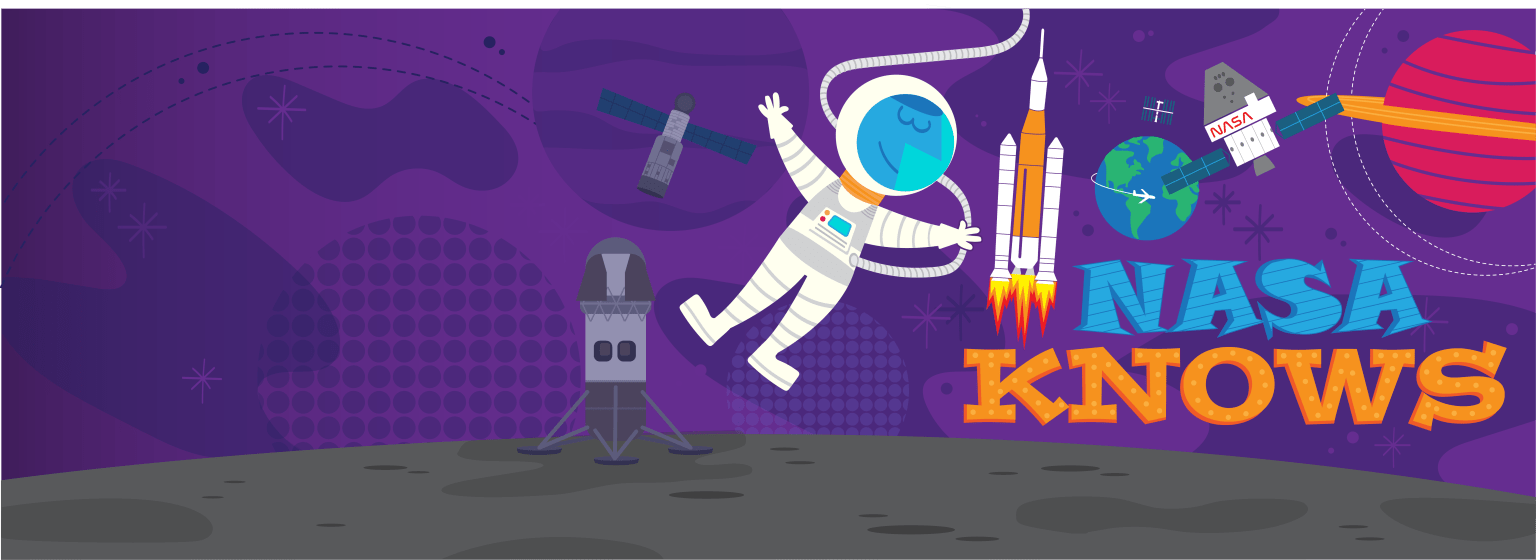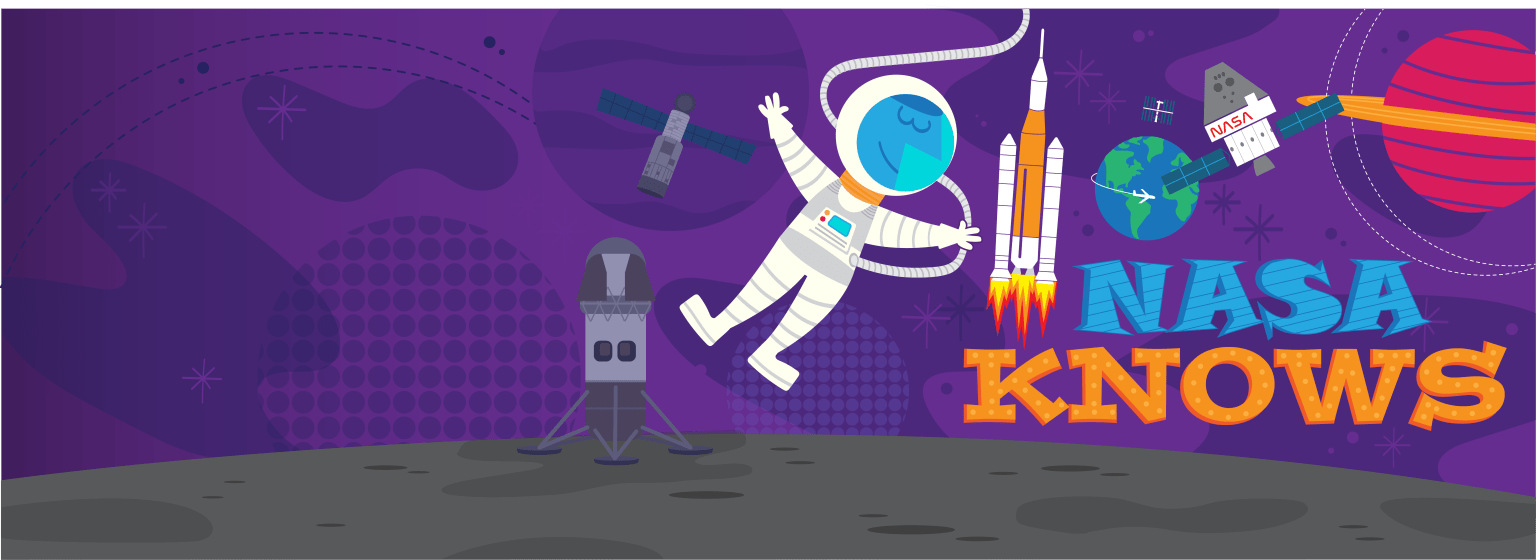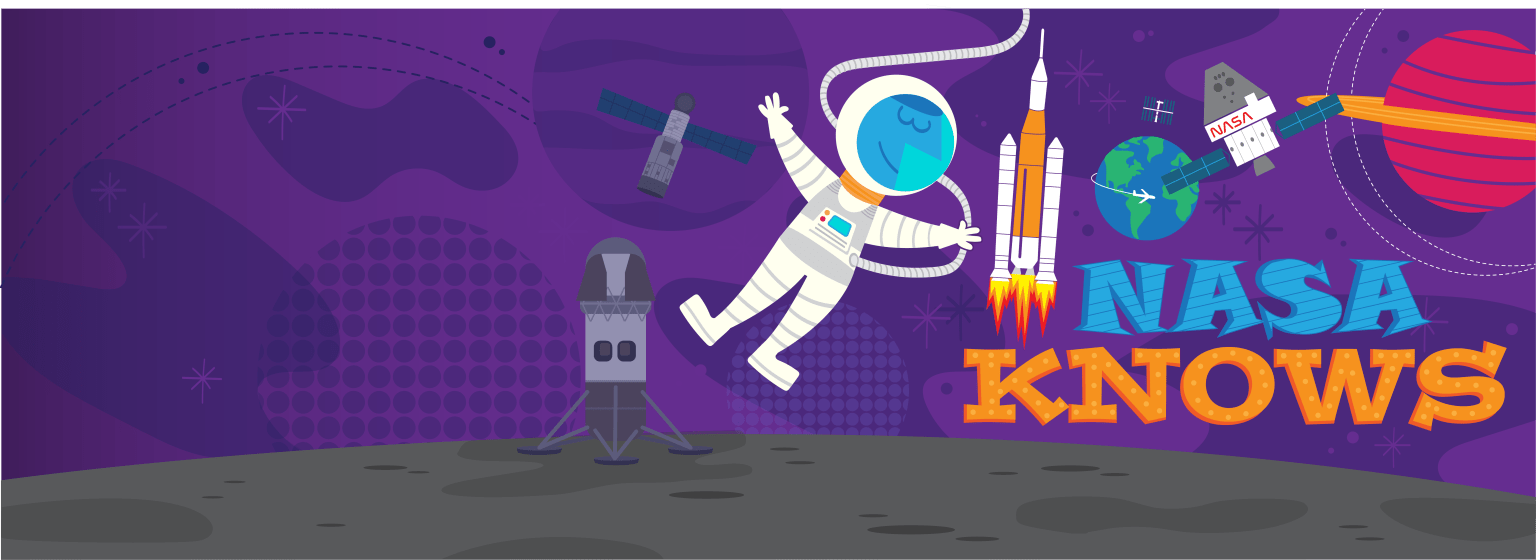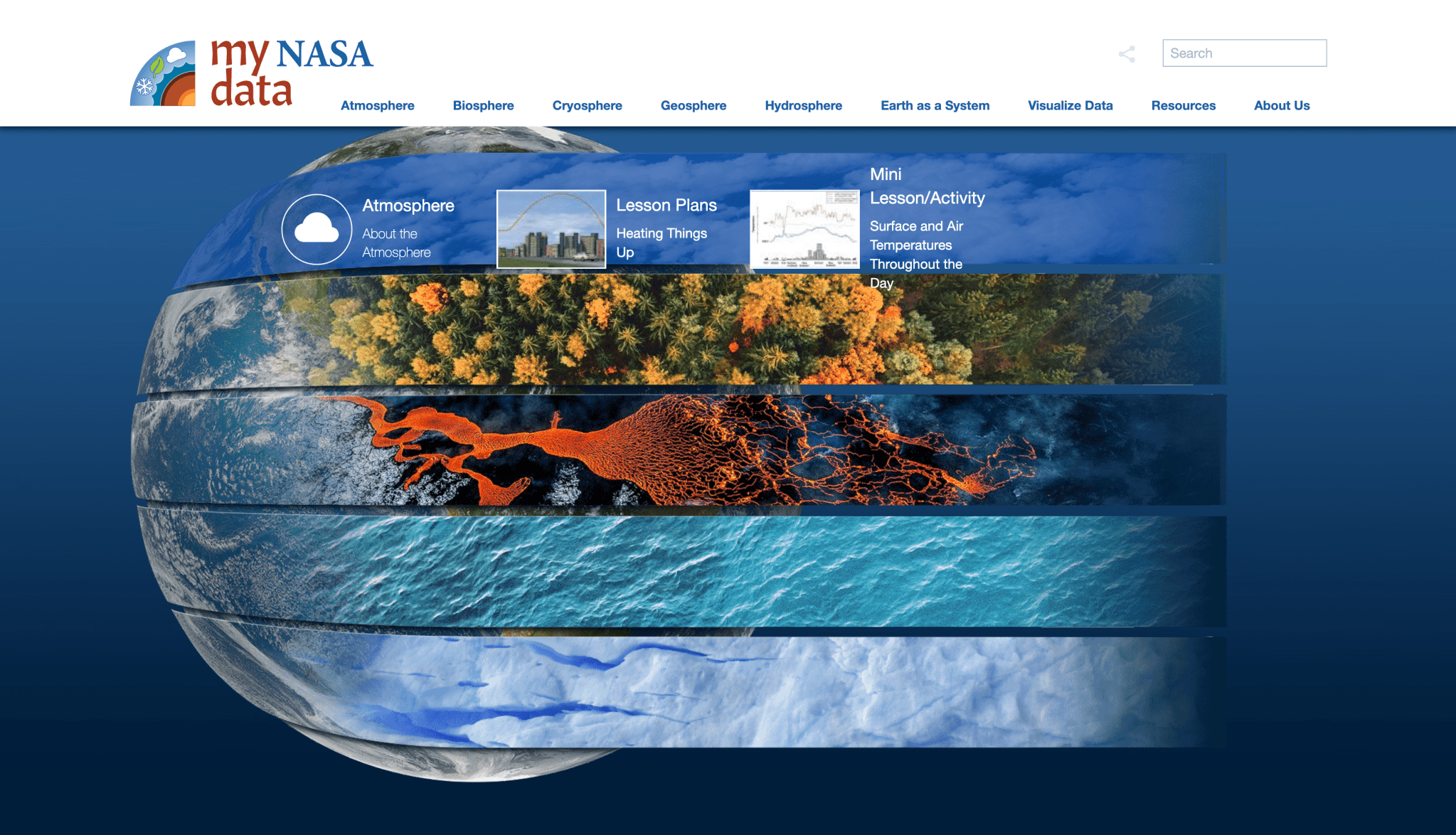3 Min Read What Is Aerodynamics? (Grades K-4) This article is for students grades K-4. What Are the Four Forces of Flight? Aerodynamics is the way air moves around things. The rules of aerodynamics explain how an airplane is able to fly. Anything that moves through air reacts to aerodynamics. A rocket blasting off the launch pad and a kite in the sky react to aerodynamics. Aerodynamics even acts on cars, since air flows around cars. The four forces of flight are lift, weight, thrust and drag. These forces make…
Read MoreTag: Grades K – 4
What is an Engineer? (Grades K-4)
4 Min Read What is an Engineer? (Grades K-4) This article is for students grades K-4. Engineers solve problems. They use science and math to create new things or make things work better. There are different kinds of engineers. They work on different kinds of projects. Some engineers design buildings or machines. Others find ways to move heat, power, or water from one place to another. Some create new tools. NASA needs engineers. They design the things humans need to fly in space or on airplanes. Engineers make great ideas…
Read MoreHow Does the Sun Behave? (Grades K-4)
3 Min Read How Does the Sun Behave? (Grades K-4) This article is for students grades K-4. The Sun is a star. It is the biggest object in our solar system. The Sun is about 93 million miles away from Earth and about 4.5 billion years old. The Sun affects Earth’s weather, seasons, climate, and more. Let’s learn about how the Sun behaves. Why is the Sun warm and bright? The Sun is a giant ball made of hydrogen and helium gases. Deep in the center of the Sun, hydrogen…
Read MoreGoing Back-to-School with NASA Data
4 min read Preparations for Next Moonwalk Simulations Underway (and Underwater) As students head back to school, teachers have a new tool that brings NASA satellite data down to their earthly classrooms. The My NASA Data homepage categorizes content by areas of study called spheres and also Earth as a system. NASA/mynasadata.larc.nasa.gov For over 50 years of observing Earth, NASA’s satellites have collected petabytes of global science data (that’s millions and millions of gigabytes) – with terabytes more coming in by the day. Since 2004, the My NASA Data website has…
Read MoreSlow Your Student’s ‘Summer Slide’ and Beat Boredom With NASA STEM
4 Min Read Slow Your Student’s ‘Summer Slide’ and Beat Boredom With NASA STEM Creating and testing soda-straw rockets is a fun way for younger students to avoid the “summer slide” and stay engaged in STEM during summer vacation. Credits: NASA The school year has come to an end, and those long summer days are stretching ahead like an open runway. Parents and educators often worry about the “summer slide,” the concept that students may lose academic ground while out of school. But summer doesn’t mean students’ imaginations have to…
Read MoreWhat Is the Artemis Program? (Grades K-4)
This article is for students grades K-4. Artemis is a new NASA program to explore the Moon. These missions will land the first woman and first person of color on the Moon. With the Artemis program, NASA will study the Moon in new and better ways. Why Is This Program Called Artemis? The first astronauts landed on the Moon in 1969. The missions were called Apollo. The name Apollo came from stories told by Greek people long ago. In the stories, Apollo was a god. Apollo had a twin sister.…
Read MoreWhat Is a Black Hole? (Grades K – 4)
This article is for students grades K-4. A black hole is a place in space where gravity pulls so much that even light can not get out. The gravity is so strong because matter has been squeezed into a tiny space. This can happen when a star is dying. Because no light can get out, people can’t see black holes. They are invisible. Space telescopes with special tools can help find black holes. The special tools can see how stars that are very close to black holes act differently…
Read More



